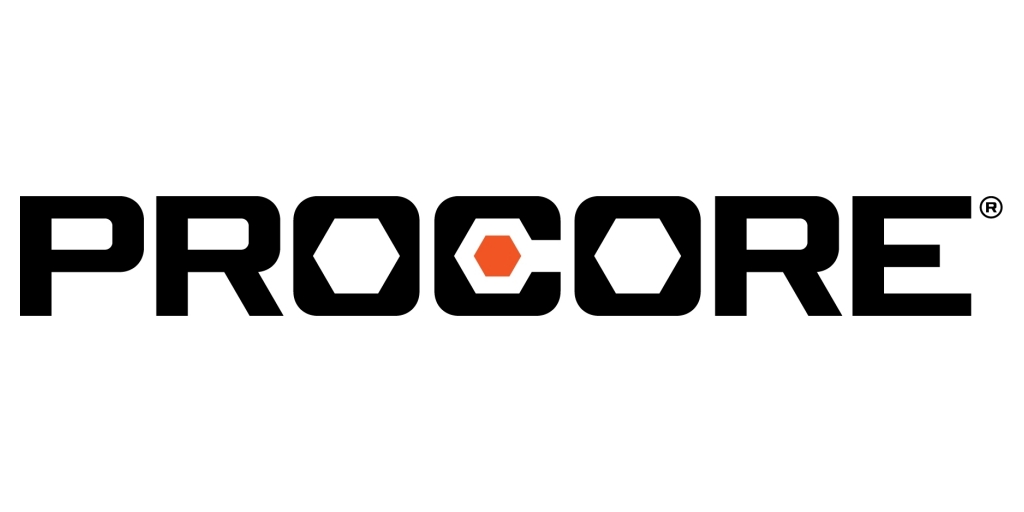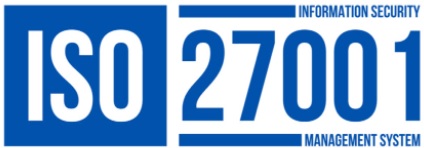
In today’s rapidly evolving digital landscape, businesses continually upgrade their systems to stay competitive. Consider a retail company transitioning from an outdated inventory management system to a modern, cloud-based solution. The goal is to enhance operational efficiency and customer satisfaction. However, during this data migration process, unforeseen challenges arise: critical product data is lost, system downtime extends beyond expectations, and data inconsistencies lead to order fulfillment errors. Such scenarios are not uncommon; in fact, 83% of data migration projects either fail or exceed their budgets and schedules, often due to inadequate planning and unforeseen complexities.
Understanding Data Migration
Data migration involves transferring data from one system to another, typically to improve performance and scalability, or to integrate new applications. The data migration process involves six key steps:
1. Creating a migration strategy
2. Making a data backup
3. Preparing the target environment
4. Testing the migration
5. Migrating the data
6. Monitoring the system post-migration
Each step ensures data integrity, minimizes downtime, and enhances system efficiency, leading to a seamless transition.
For example, a financial institution might migrate customer data from an on-premises database to a cloud-based platform to enhance accessibility and security. However, this process is fraught with challenges. A study by Oracle revealed that over 80% of data migration projects fail to meet expectations, often due to data loss, extended downtime, and budget overruns.
Major Data Migration Challenges
Data Loss
- During migration, businesses risk losing critical data due to errors in data extraction, transformation, or loading processes.
- This can occur if data is not properly backed up or if discrepancies between old and new systems cause records to be omitted.
- Real-world example: A healthcare provider migrating patient records to a new system discovers that incomplete data transfer has resulted in missing patient histories, jeopardizing patient care.
Data Integrity and Quality Issues
- Data corruption and inconsistencies can arise when data is transferred between systems with different structures or formats.
- Poor data quality—such as duplicates, outdated records, or mismatched information—can lead to operational inefficiencies and decision-making errors.
- Real-world example: A manufacturing company experiences data corruption during migration, leading to inaccuracies in inventory levels and production schedules.
Extended Downtime
- Unplanned downtime during migration can disrupt business operations, causing productivity losses and customer dissatisfaction.
- If data migration is not executed efficiently, it can take longer than expected, leading to missed deadlines and financial losses.
- Real-world example: An e-commerce platform undergoes migration, but prolonged system downtime leads to significant revenue loss and frustrated customers abandoning their carts.
Compatibility Issues with New Systems
- Legacy data structures often do not align with modern systems, making seamless migration difficult.
- Data may require transformation to fit the new system’s format, which can introduce errors or additional costs.
- Real-world example: A financial services firm finds that its legacy data formats are incompatible with the new system, causing delays and unexpected expenses for data restructuring.
Data Security Concerns
- Transferring sensitive business or customer data presents security risks, including data breaches and compliance violations.
- If proper encryption and access controls are not in place, businesses may expose confidential information during migration.
- Real-world example: During migration, a retail company faces a data breach, exposing sensitive customer information due to inadequate security measures.
Solutions for a Smooth Migration Process
Comprehensive Planning and Assessment
- Conduct a thorough analysis of the existing data and systems.
- Develop a detailed migration plan that includes timelines, resources, and risk assessments.
- Engage stakeholders from all relevant departments to ensure alignment and address potential issues proactively.
Data Mapping and Validation
- Implement robust data mapping strategies to ensure accurate data transfer.
- Utilize automated tools to validate data before, during, and after migration.
- Ensure consistency and integrity through continuous data quality checks.
Minimizing Downtime
- Schedule migrations during off-peak hours to reduce impact on operations.
- Employ phased or parallel migration strategies to reduce operational disruptions.
- Ensure that rollback procedures are in place to revert to the original system if necessary.
Ensuring System Compatibility
- Perform compatibility testing between legacy and new systems before full migration.
- Use middleware or data transformation tools to bridge format discrepancies.
- Ensure seamless integration through proper data conversion protocols.
Implementing Robust Security Measures
- Encrypt data during transit and at rest throughout the migration process.
- Conduct security audits and compliance checks at each stage of migration.
- Protect sensitive information and maintain regulatory compliance with proper access controls.
How CLOUDSUFI Facilitates Seamless Data Migration
CLOUDSUFI specializes in transforming enterprise data into actionable insights, offering comprehensive data migration services tailored to address the challenges outlined above. Their approach includes:
- Advanced Data Assessment Tools: Utilizing cutting-edge analytics to evaluate data quality and readiness before migration.
- Customized Migration Strategies: Developing tailored plans that align with specific business objectives and minimize operational disruptions.
- Security and Compliance Assurance: Implementing stringent security protocols and ensuring adherence to industry regulations throughout the migration process.
- Post-Migration Support: Offering continuous monitoring and support to address any issues promptly and optimize system performance.
By partnering with CLOUDSUFI, businesses can navigate the complexities of data migration with confidence, ensuring data integrity, security, and seamless integration into new systems.
While data migration presents several challenges, a strategic approach combined with expert partnership can transform it into a catalyst for business growth and innovation.
Key Takeaways
| Challenge | Impact | Solution | CLOUDSUFI’s Role |
| Data Loss | Missing critical records, operational disruptions | Backup data, use automated validation tools | Advanced data assessment tools |
| Data Integrity Issues | Corrupt, inconsistent, or duplicate data | Data mapping, continuous validation | Ensures data accuracy & consistency |
| Extended Downtime | Business disruptions, revenue loss | Off-peak migration, phased strategies | Tailored migration plans |
| Compatibility Issues | Legacy data not fitting new system | Pre-migration testing, middleware integration | Seamless system compatibility |
| Security Concerns | Data breaches, compliance violations | Encryption, strict access controls | Security & compliance assurance |
| Successful Migration Steps | Minimize risks, ensure efficiency | Planning, testing, monitoring | Post-migration support |





















